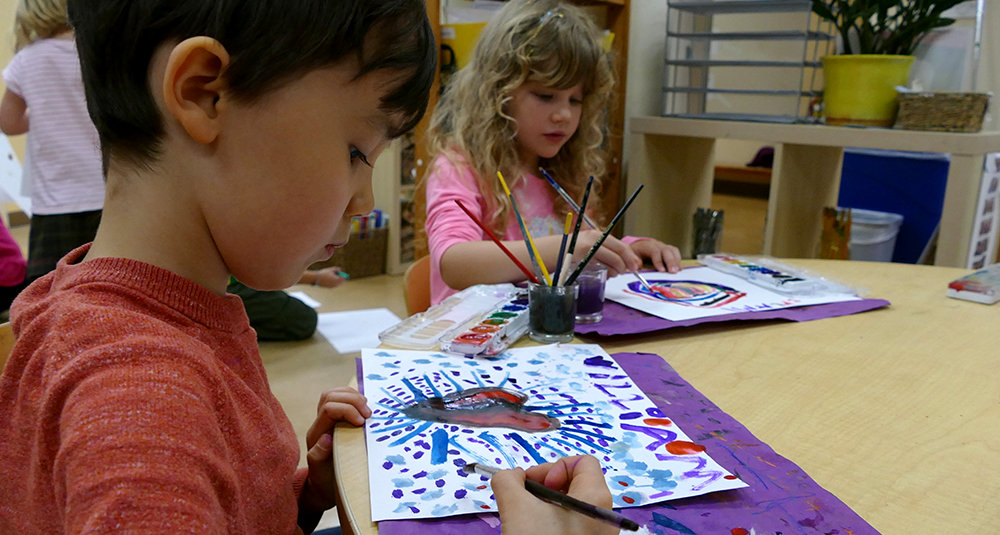Back to All Practices
Inventors rely on the connections between emotional, aesthetic, and intellectual experiences.

We should feel and know and learn about what happens.
You can be amazed by the process. Lois, age 9
You can be amazed by the process. Lois, age 9
Children are immersed in the emotional, aesthetic, and intellectual dimensions of learning when adults…
- organize materials within a learning environment that are aesthetically pleasing and engage the senses
- name and appreciate a wide range of emotions
- provide children with a range of strategies for understanding, accepting, and responding to their own and others’ emotions
- hold a strong image of children’s intellectual capacity
Teachers embrace the emotional, aesthetic, and intellectual dimensions of learning when they…
- organize the physical environment of the classroom with attention to beauty
- understand the social and emotional dimensions of learning
- engage with the arts in open inquiry as professionals
- practice teacher-research that highlights the intellectual experience of children and teachers
Related Tools
Exploring Systems with Human Machines
Use this tool when you want to deepen children’s understanding of complex systems.
Translating Ideas between Different Materials
Use this tool to deepen children’s understanding of ideas by exploring their thinking through different materials.
Windows into Practice
Building a Chain Filled by Love
Kindergartners and 1st-graders engage the emotional, aesthetic, and intellectual dimensions of learning by inventing a Love Machine.
Classroom Video
Setting the Table: Not just filling the space
Grades 4-5 teacher Nicole Simpson-Tanner discusses how she sets up the classroom studio at the beginning of the year.
Presentation Video
This Practice is guided by Principles
